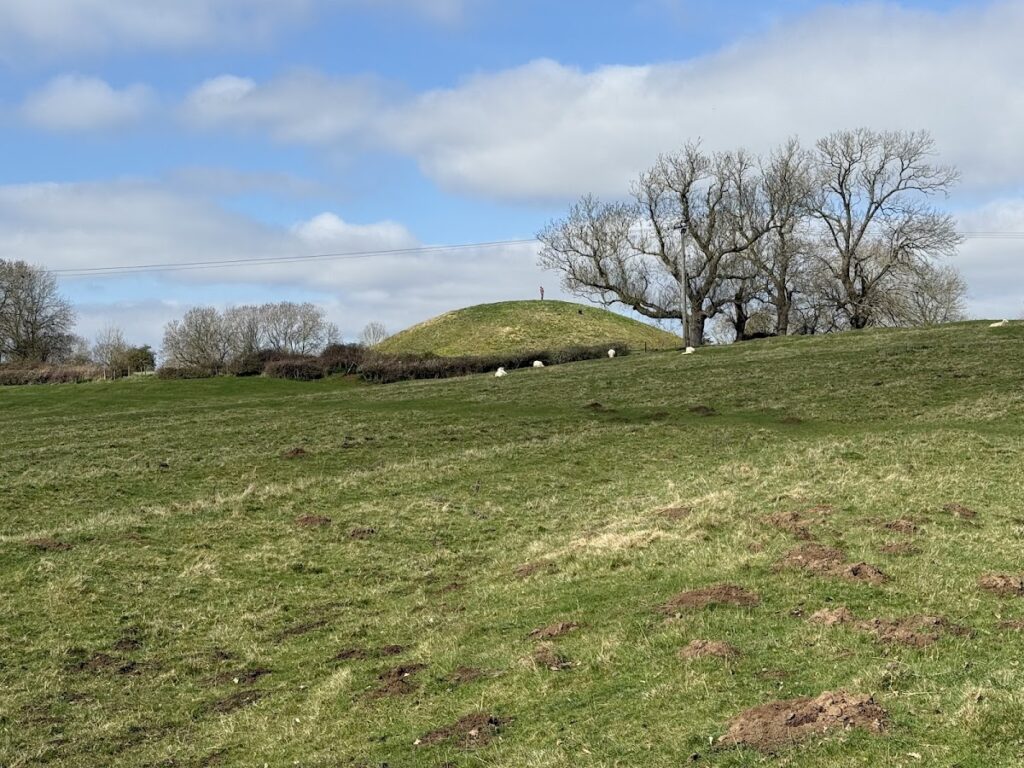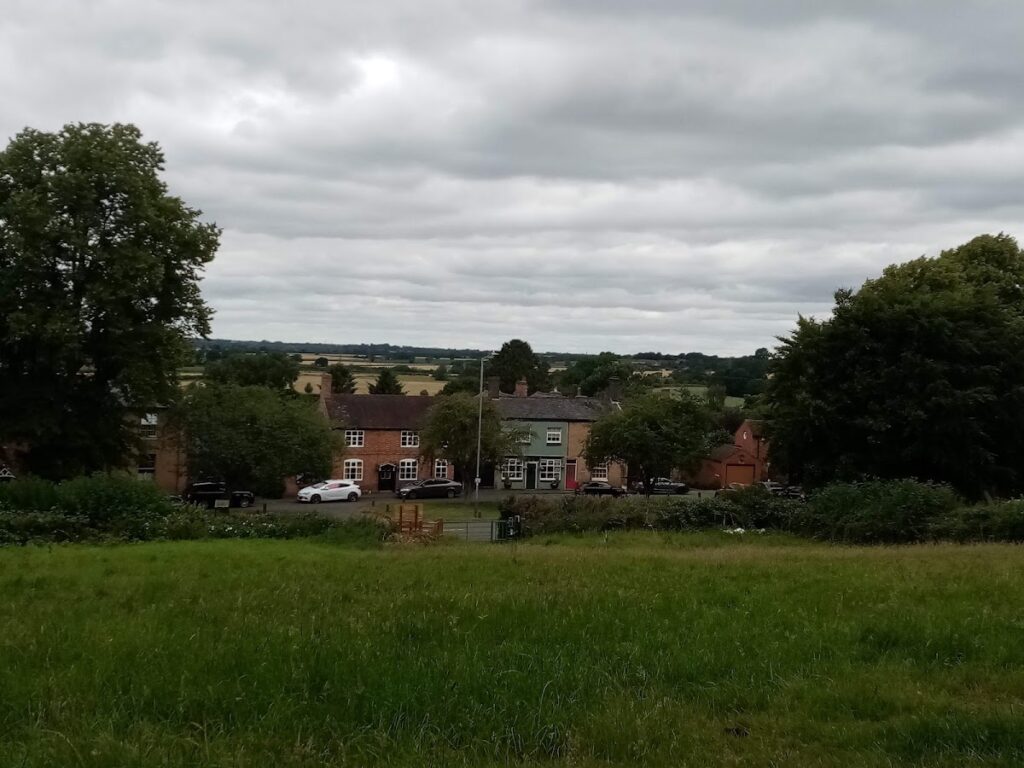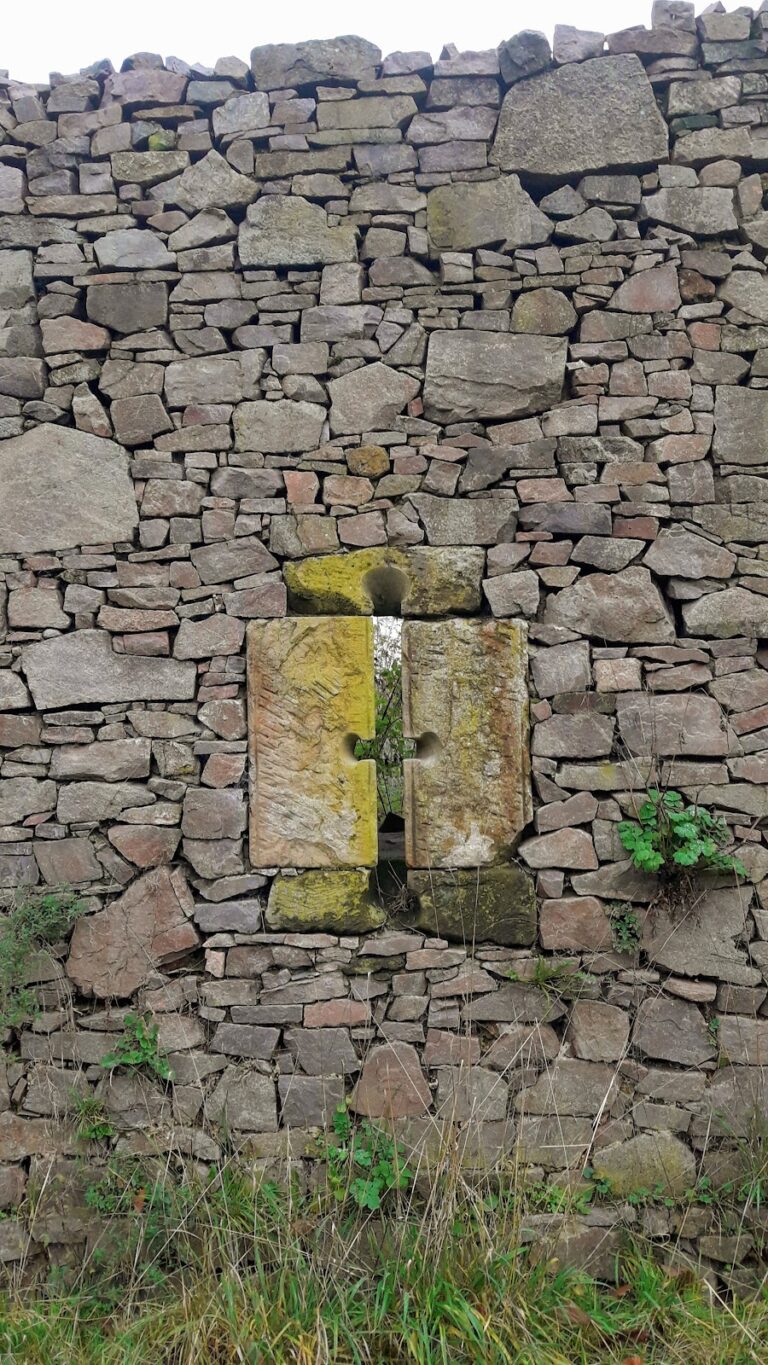Brinklow Castle: A Norman Motte-and-Bailey Fortification in England
Visitor Information
Google Rating: 4.4
Popularity: Low
Google Maps: View on Google Maps
Country: United Kingdom
Civilization: Unclassified
Remains: Military
History
Brinklow Castle is located in the village of Brinklow within modern-day England. Constructed by the Normans soon after the conquest of 1066, the site occupies a place in the medieval landscape of what is now Warwickshire.
Before the castle’s establishment, the location served a different purpose during prehistoric times. Its name includes the Old English word “hlāw,” meaning barrow or burial mound, indicating that the area was known as an ancient funerary site long before the Normans selected it for fortification.
The earliest significant phase of castle construction occurred in the late 11th century under Aubrey de Coucy, who became the first Norman lord of Brinklow. He is credited with adapting the site into its motte-and-bailey form, a style common among Norman military builders that included a raised earth mound (motte) and an enclosed courtyard (bailey). Aubrey de Coucy lost possession of the lands prior to the Domesday survey of 1086, and at that time the holdings remained officially unassigned, indicating a possible period of instability or transition.
The castle continued to be occupied through the following centuries but was ultimately deserted in the 1200s. The reasons behind this abandonment, whether strategic, political, or economic, are not documented in the historical record and remain unclear.
Remains
Brinklow Castle is a classic example of a motte-and-bailey fortification, featuring a large artificial mound and an extensive enclosed courtyard. The motte rises approximately 12 meters high, standing prominently on otherwise flat terrain situated at about 110 meters above sea level. This elevation would have provided commanding views over the surrounding landscape.
The original bailey was notably large, rectangular in shape and measuring roughly 121 meters wide by 152 meters long. Its size reflects the importance and scale of the Norman fortification established in the late 11th century. Made primarily of earthworks, the bailey’s boundaries were defined by banks of soil and defensive ditches.
Subsequent alterations to the bailey included the addition of a ditch and earth rampart that partitioned this enclosed area, suggesting a reduction in usable space during later phases of the castle’s occupation. These modifications point to the castle’s gradual decline before its eventual abandonment in the 13th century.
Today, the earthworks of Brinklow Castle remain visible in situ, preserving the outline of the motte and the divided bailey. These features stand as clear evidence of the medieval military architecture and the site’s layered history stretching back to prehistoric times.










